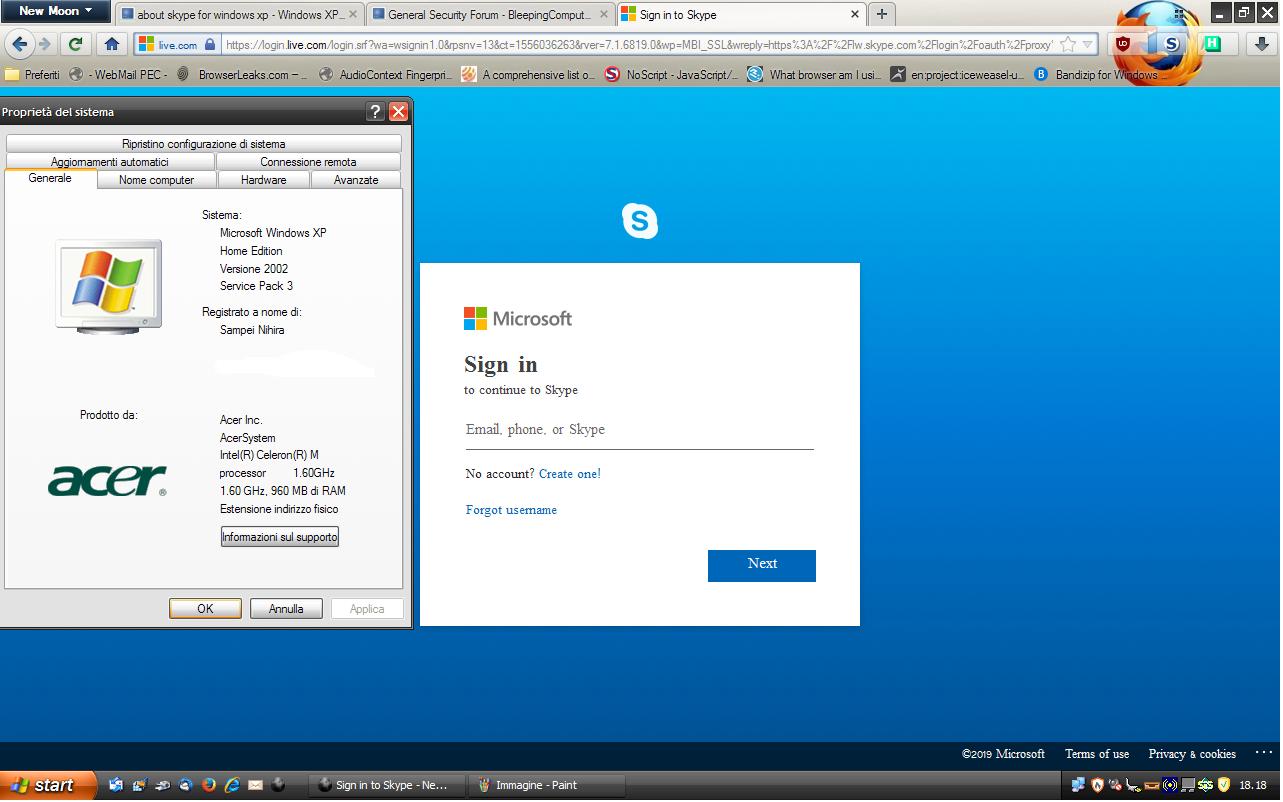
The communication plan documents the types of information needs the stakeholders have, when the information should be distributed, and how the information will be delivered. The answers to these questions should be documented in the communication plan.Īll projects require a sound communication plan, but not all projects will have the same types of communication or the same methods for distributing the information. Will the technology you’re choosing work throughout the life of the project or will it have to be upgraded or updated at some point? And how does the project team function? Are they located together or spread out across several campuses or locations? Are there project team members and stakeholders experienced at using this technology, or will you need to train them? Finally, consider the duration of the project and the project environment. Staff experience with the technology is another factor. Do you need to procure new technology or systems, or are there systems already in place that will work? The technologies available to you should figure into your plan of how you will keep everyone notified of project status and issues. The timing of the information exchange or need for updates is the first factor. You should consider several factors before deciding what methods you’ll choose to transfer information. Methods of communicating can take many forms, such as written reports, conversations, email, formal status reports, meetings, online databases, online schedules, and project websites. Communications to stakeholders may consist of either good news or bad news. The point is that you don’t want to bury stakeholders in too much information but you do want to give them enough so that they’re informed and can make appropriate decisions.Ĭommunications technology has a major impact on how you keep people in the loop. Communicating valuable information doesn’t mean you always paint a rosy picture. Your job is to figure out what they feel is valuable. Your project will produce a lot of information you don’t want to overwhelm your stakeholders with all of it. This is called the communications requirements analysis. The first step in defining your communication plan is figuring out what kind of communication your stakeholders need from the project so they can make good decisions. It turns out that 90% of a project manager’s job is spent on communication so it’s important to make sure everybody gets the right message at the right time.

The communications planning process concerns defining the types of information you will deliver, who will receive it, the format for communicating it, and the timing of its release and distribution. Communications management is about keeping everybody in the loop.


 0 kommentar(er)
0 kommentar(er)
